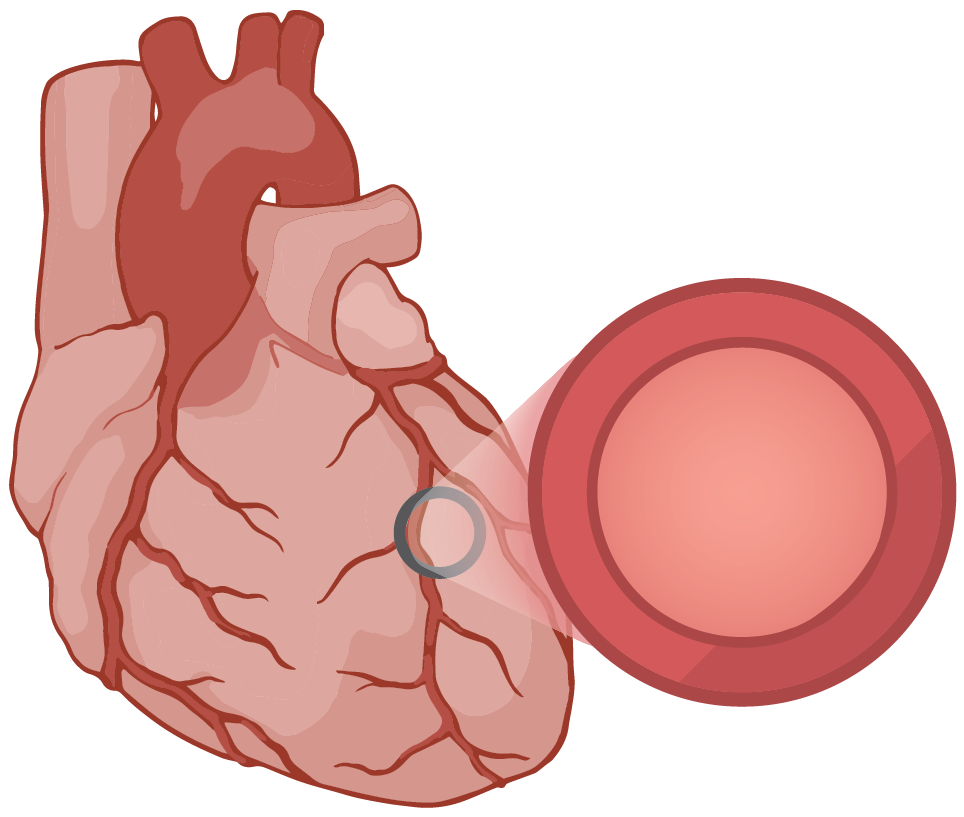Polygenic Score Application
Polygenic scores may be useful tools to assess risk for important diseases, such as coronary artery disease — a leading cause of death in the U.S. and globally.
Coronary artery disease occurs due to buildup of plaque in the blood vessels that supply oxygen-rich blood to the heart muscle. Starting as early as our 20's, plaques build up over time and ultimately increase risk of a totally clogged vessel, referred to as a myocardial infarction or 'heart attack.' In the U.S., about 5% (1 in 20) of individuals develop CAD by age 50, and up to 25% (1 in 4) develop CAD by age 80.
blood vessel


buildup of plaque


-05.png)
-03.png)
-06.png)
-04.png)
-07.png)
-01.png)
-02.png)